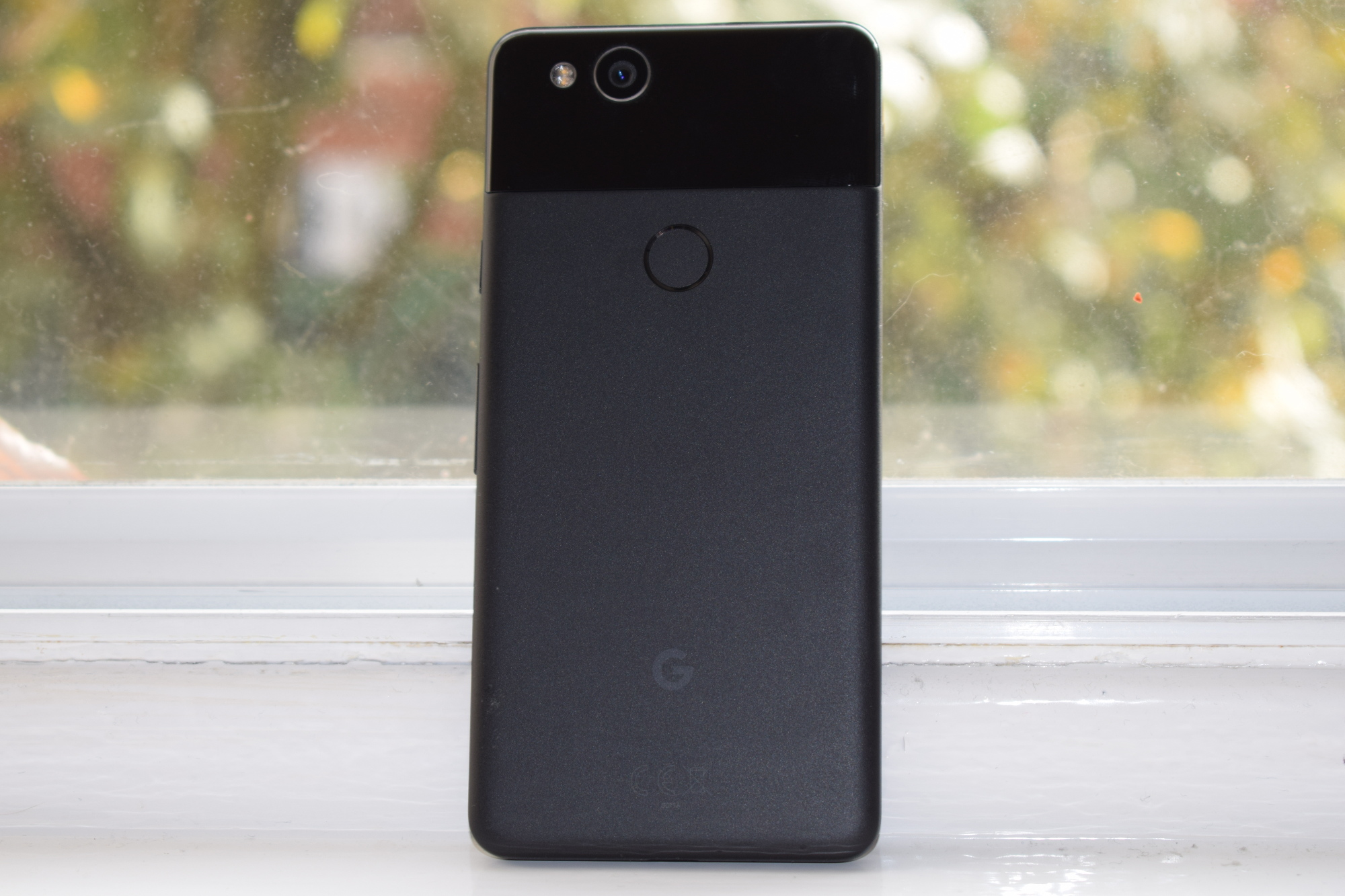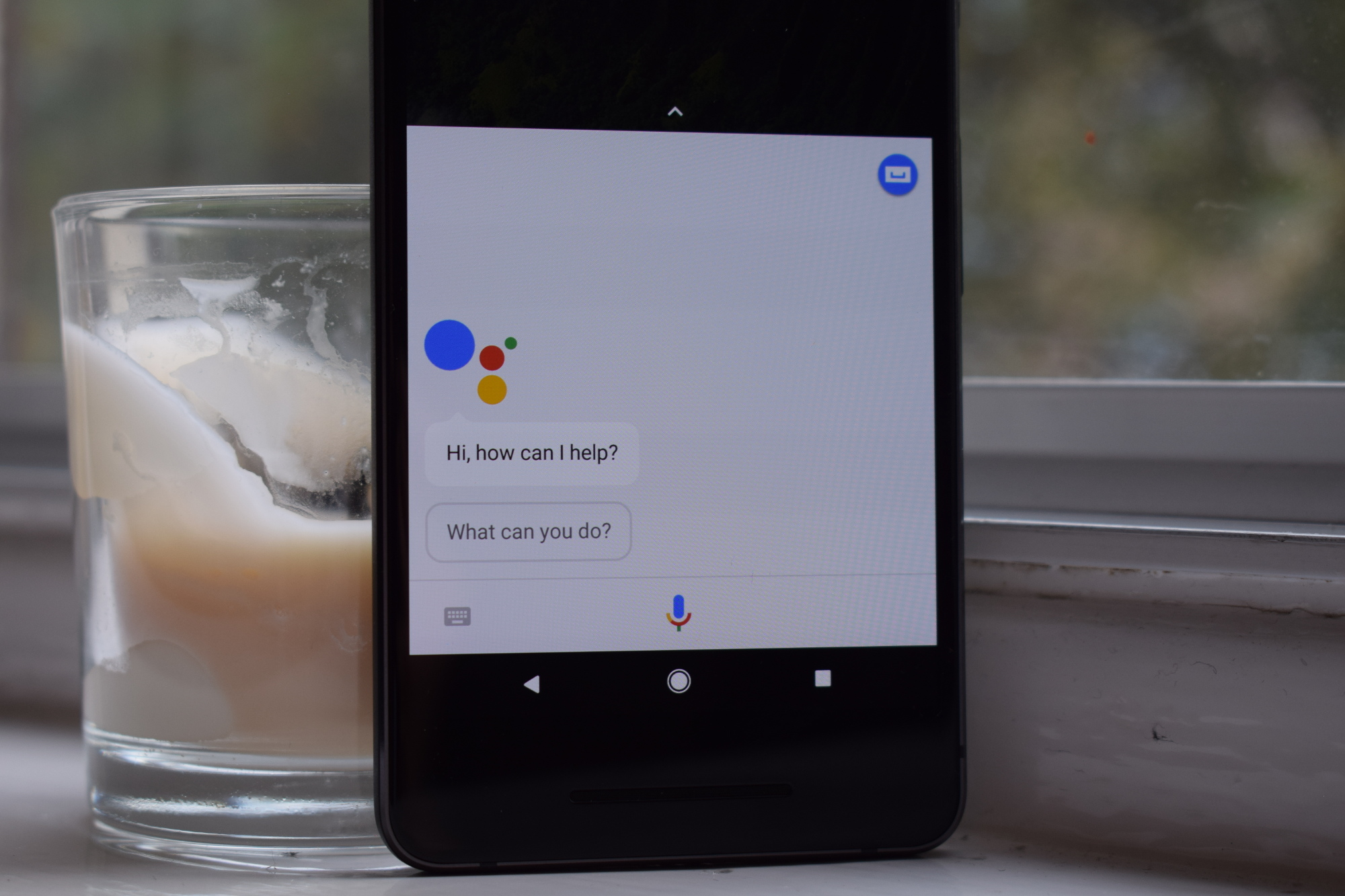Google Pixel 2 review
It’s Google’s smartest smartphone yet, but don’t expect mind-blowing design
In a vacuum the Pixel 2 is a great Android smartphone, with a vibrant display, and a solid construction with innovative squeezable edges. However, in the face of stiff competition from Samsung, LG and OnePlus, the Pixel 2 looks outdated, with only its excellent camera and lovely Android experience making it noteworthy.
-
+
Well made handset now with water resistance; Brilliant camera with smart features; Active Edge works well with the Google Assistant
-
-
Outdated 2016-era design; Overly large bezels; Expensive for a minor upgrade over the Pixel

Battery life
Battery life clocks in at just over 14 hours in our testing, though in real-world use will see the 2,700mAh get you through a good day's worth of average use, including emails, messaging, calls and social media browsing. Set the brightness on full and stream a lot of video and that battery life drops; heavy use throughout a working day will see the Pixel 2 need a charge before bedtime.
Fast charging is present and correct, so when we found ourselves with a battery nearing empty, a mere 15 or so minutes on the charger and we had more than enough power to see us through a good few hours of solid use.
A power saving mode can extract out more life from the battery, but adds an annoying red overlay and slows performance down a little, so that swiping through menus feels a little jerky.
It also doesn't seem to have a great deal of effect in reducing battery consumption while the phone is in heavy use. But use the Pixel 2 sparingly with battery saver enabled and you can make it last a lot longer.

For example, we put the handset into power saving mode at 11:45pm with 51% of battery life left and come 1PM the following day, the battery had only dropped to 45% and all the time it had been recieving data and pushing notifications.
Overall, the battery life in everyday use is on par with many mid to high-end Android smartphones available; it is neither impressive or disappointing.
Software
It's on the software side that the Pixel 2 really begins to shine. Rather than offering a 'pure Android' experience, the Pixel family uses a unique, custom launcher, which offers a more polished, premium experience than the stock version of Android Oreo.
The Pixel Launcher has been given a nip and tuck to be slightly slicker on the Pixel 2. For example, the Google Now widget is now sitting at the bottom of the home screen, rather than as a thick icon in the top left-hand corner.
Such tweaks have made using the Pixel 2 very smooth and slick, compared to the rather clunky experience Android used to offer. Even with the Pixel Launcher, Android is arguably not quite as immediately intuitive as Apple's iOS, but the flexibility of the software more than compensates, and the edge Apple has with its App Store ecosystem is getting slimmer every day.
Where the Pixel 2 really stands out from the crowd, however, is with the Google Assistant. The Assistant made its debut with the previous Pixel, but with the Pixel 2, Google's virtual assistant really stretches its legs.

Not only has the Google Assistant become smarter and more capable over the past year, it's tightly integrated into the Pixel 2's native apps, meaning you can ask it to do all manner of things, such as identify music you are listening to without the need for the Shazam app, something that wasn't possible with the older Pixel beyond going into the Google Now voice search app. It will also display song information automatically when the display is in its Always On mode.
The Pixel 2 also sees the debut of Google Lens, which uses machine learning to identify what's in a picture and serve up information about it - for example a shot of a shop sign will present opening hours, or a picture of a book cover will bring up snippets about the author. In practise, Google Lens can be a little hit and miss, but it's still early days and the potential of the machine learning Google has built into the Pixel 2's software and its Assistant is pretty impressive.
Features
Google's machine learning prowess is really the main feature of the Pixel 2, designed to showcase how smart the search giant's software has become. As such, the Pixel 2 is hardly flush with additional standout features.
IP67 water and dust resistance is thankfully now included, and the handset has a built-in electronic SIM that allows users to the Google Project Fi network, meaning the Pixel 2 can be used without a SIM card. However, Project Fi is only available in the US, so had a limited appeal to people outside of the States for the time being.
Alongside the addition of stereo speakers, Active Edge, and the removal of the 3.5mm jack, the rest of the Pixel 2's feature set is the same as its predecessor. Fast charging is present and correct, and while there's no microSD slot to expand storage, Google's offer of unlimited cloud storage for photos and videos should ensure that the built-in memory is more than enough for most people.
Get the ITPro daily newsletter
Sign up today and you will receive a free copy of our Future Focus 2025 report - the leading guidance on AI, cybersecurity and other IT challenges as per 700+ senior executives
Roland is a passionate newshound whose journalism training initially involved a broadcast specialism, but he’s since found his home in breaking news stories online and in print.
He held a freelance news editor position at ITPro for a number of years after his lengthy stint writing news, analysis, features, and columns for The Inquirer, V3, and Computing. He was also the news editor at Silicon UK before joining Tom’s Guide in April 2020 where he started as the UK Editor and now assumes the role of Managing Editor of News.
Roland’s career has seen him develop expertise in both consumer and business technology, and during his freelance days, he dabbled in the world of automotive and gaming journalism, too.
-
 Westcon-Comstor and Vectra AI launch brace of new channel initiatives
Westcon-Comstor and Vectra AI launch brace of new channel initiativesNews Westcon-Comstor and Vectra AI have announced the launch of two new channel growth initiatives focused on the managed security service provider (MSSP) space and AWS Marketplace.
By Daniel Todd Published
-
 Third time lucky? Microsoft finally begins roll-out of controversial Recall feature
Third time lucky? Microsoft finally begins roll-out of controversial Recall featureNews The Windows Recall feature has been plagued by setbacks and backlash from security professionals
By Emma Woollacott Published
-
 The UK government wants quantum technology out of the lab and in the hands of enterprises
The UK government wants quantum technology out of the lab and in the hands of enterprisesNews The UK government has unveiled plans to invest £121 million in quantum computing projects in an effort to drive real-world applications and adoption rates.
By Emma Woollacott Published